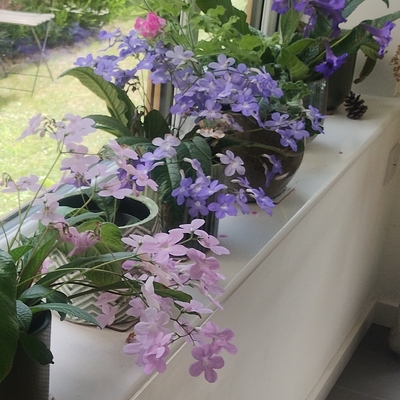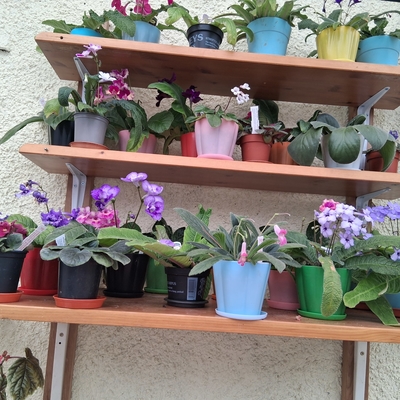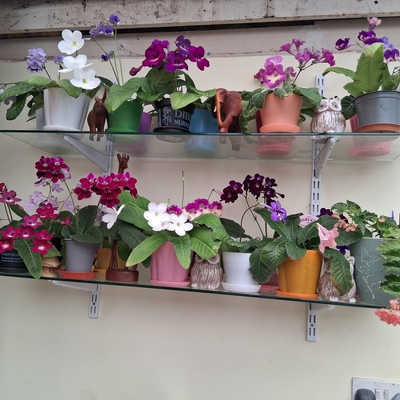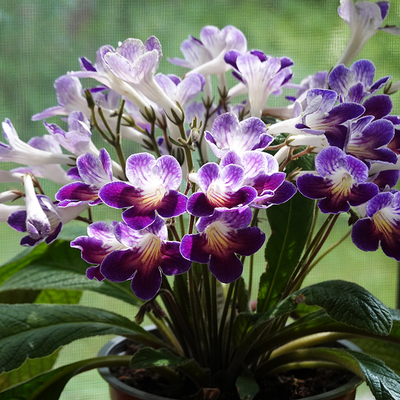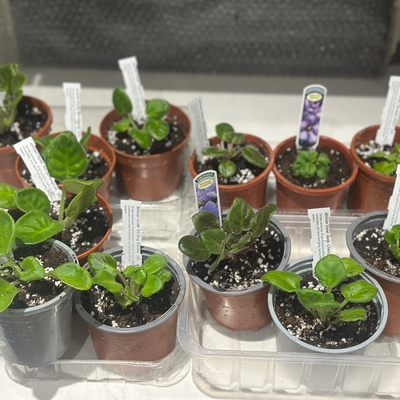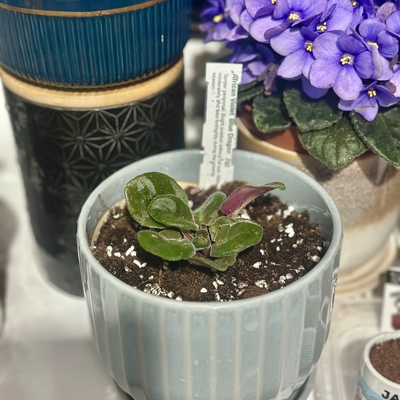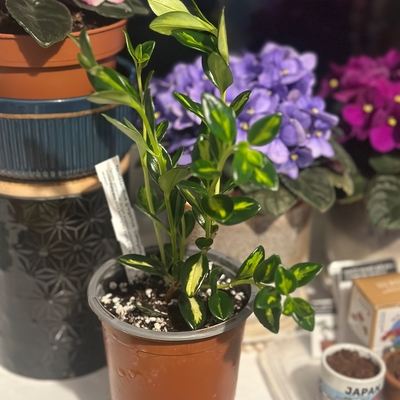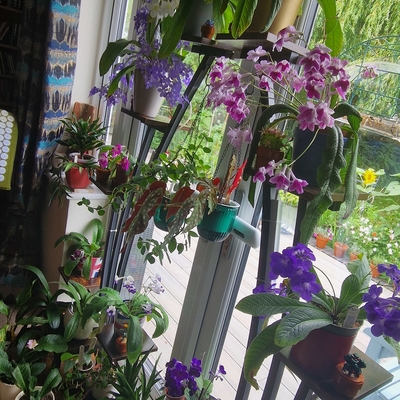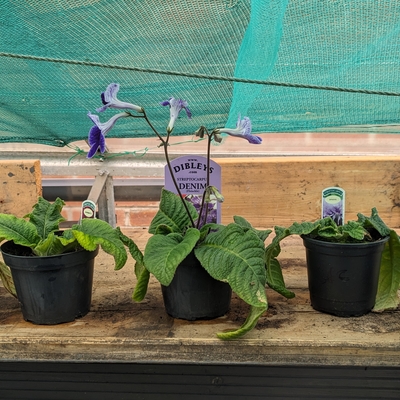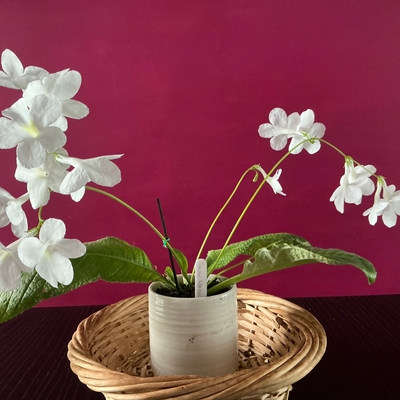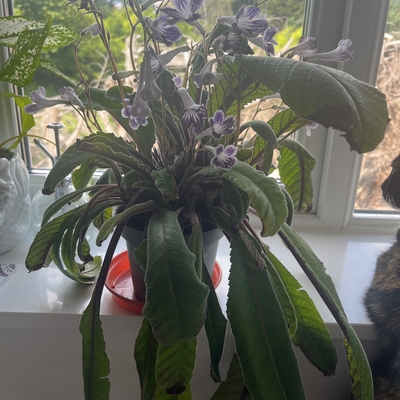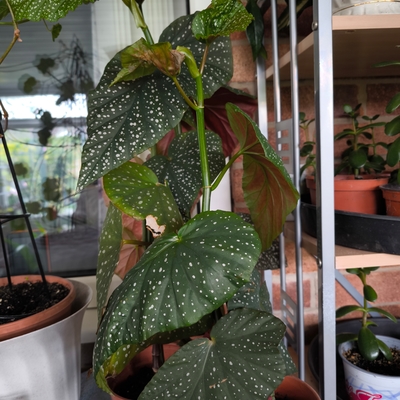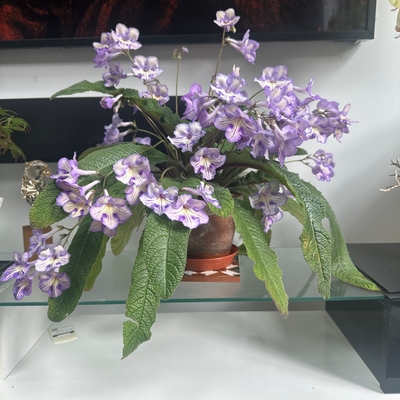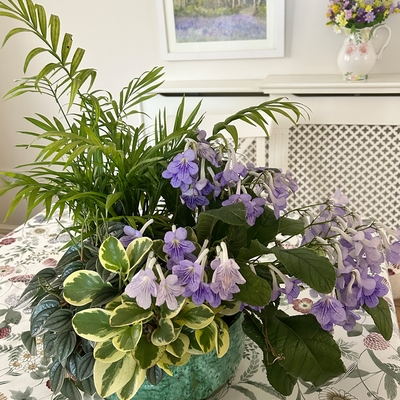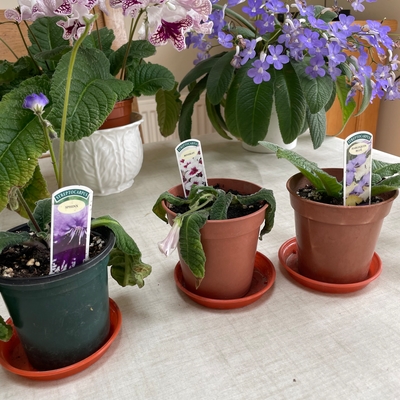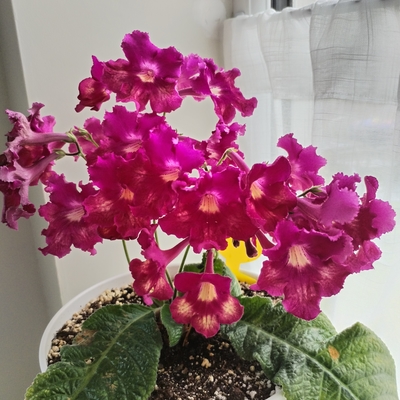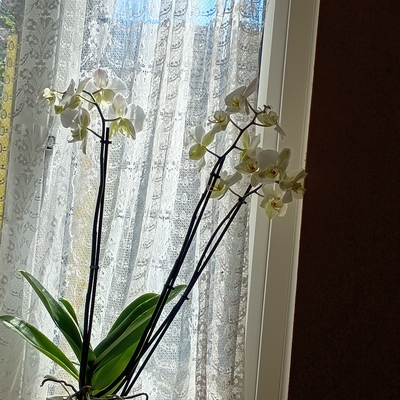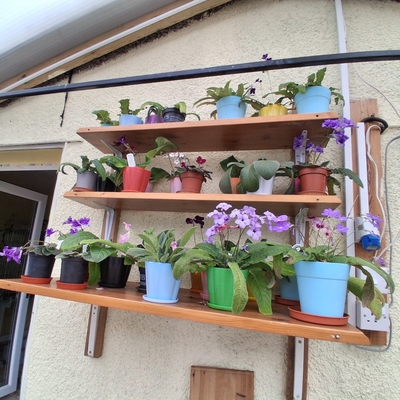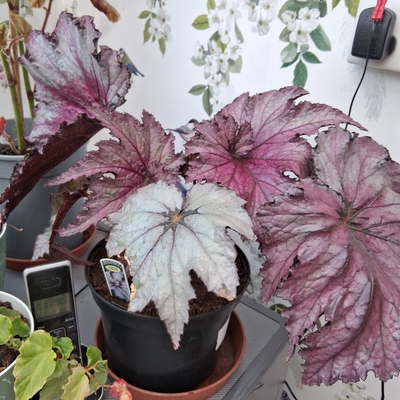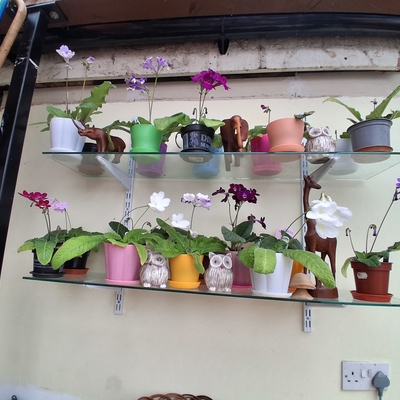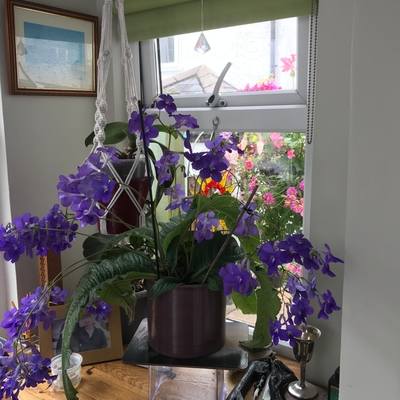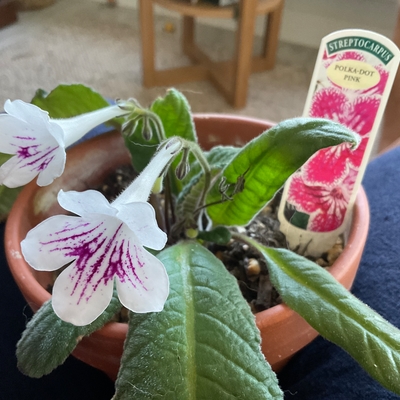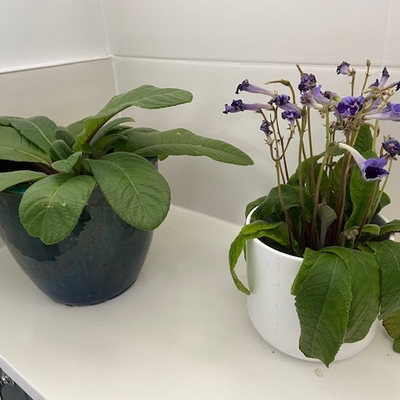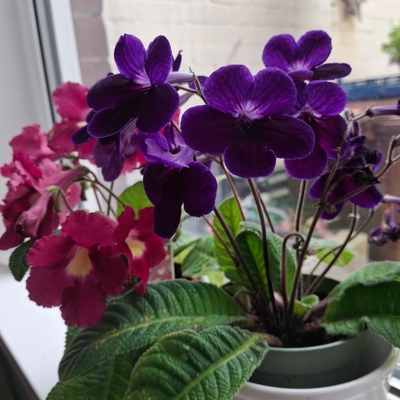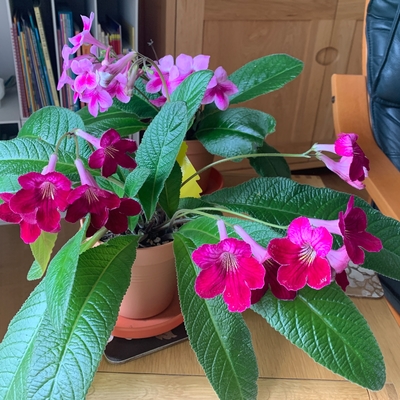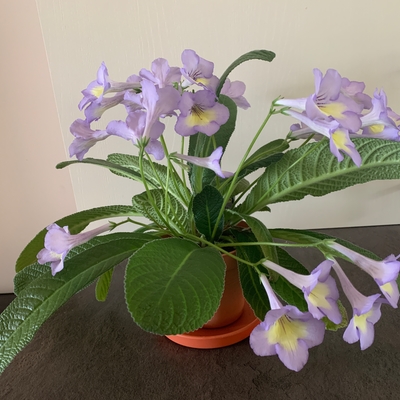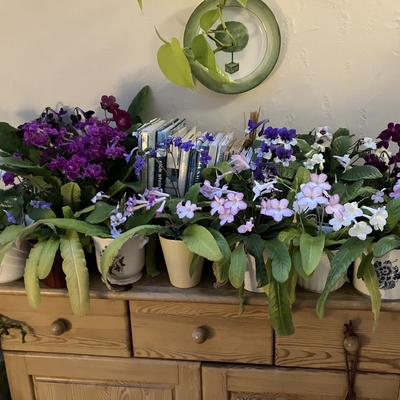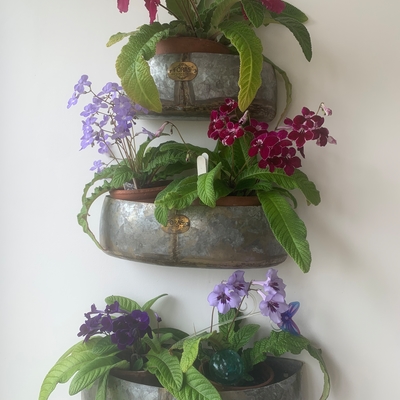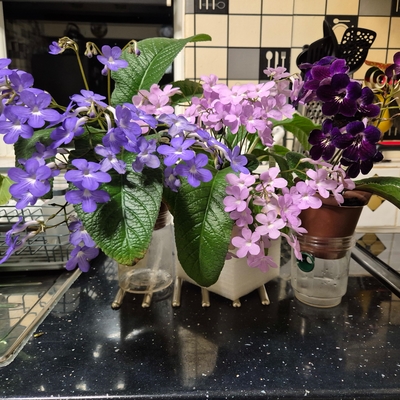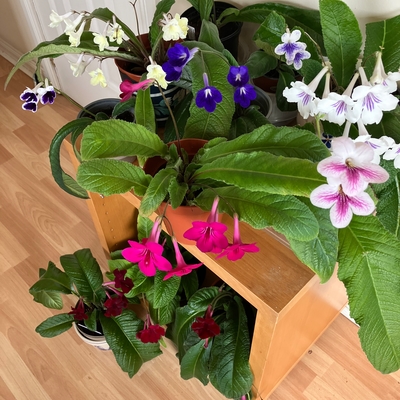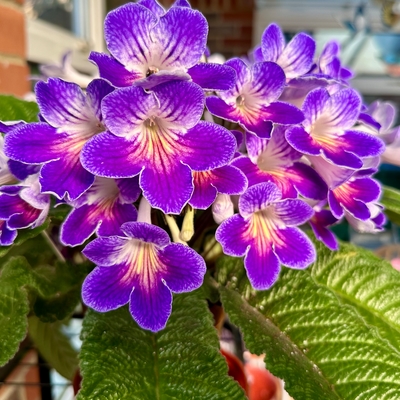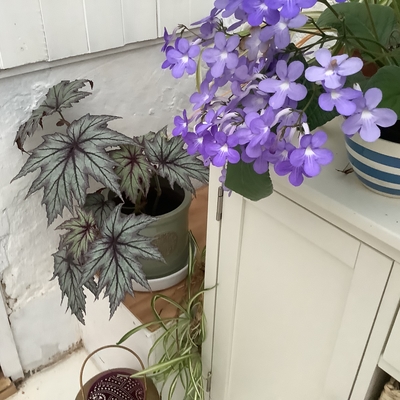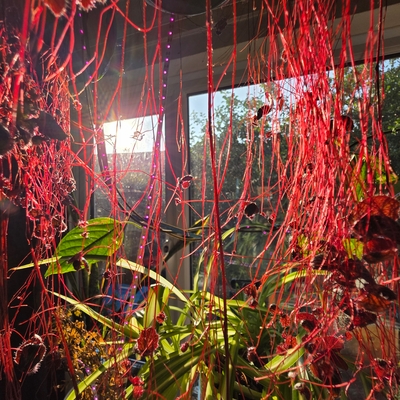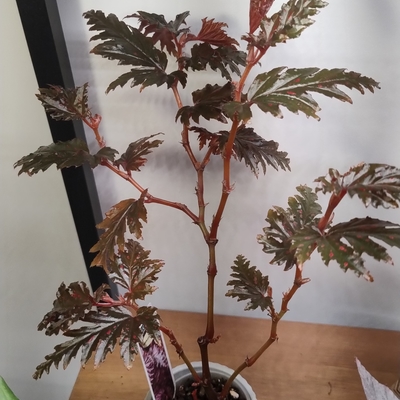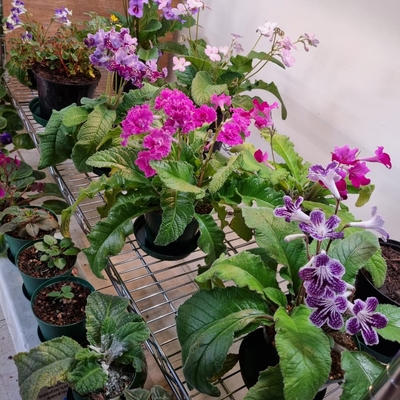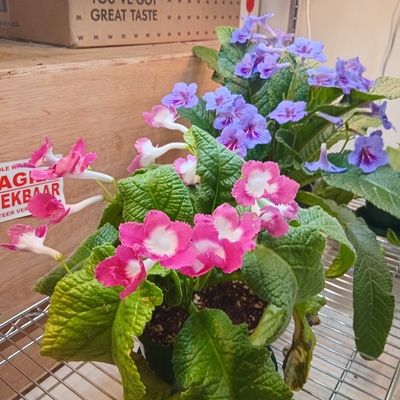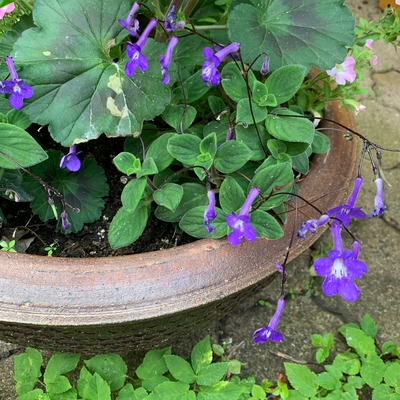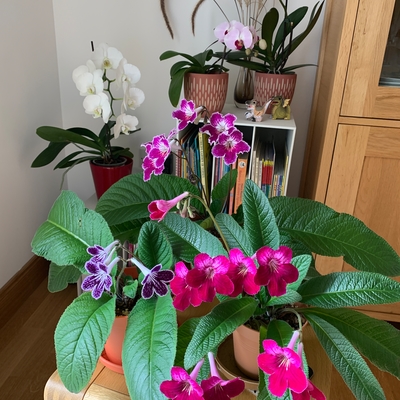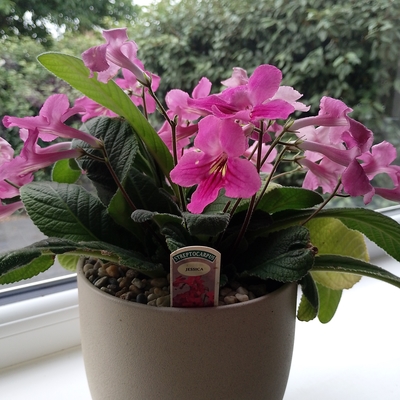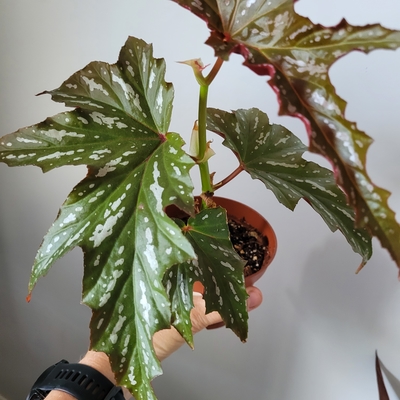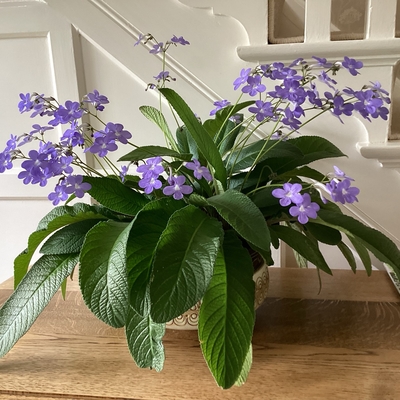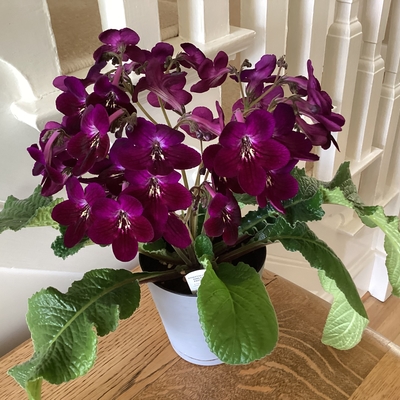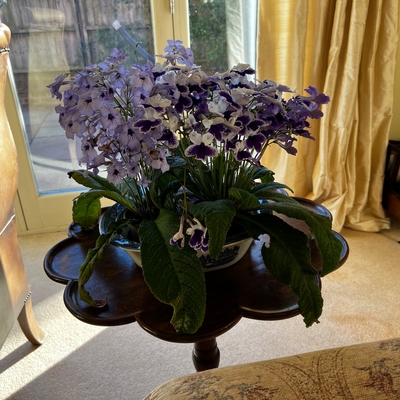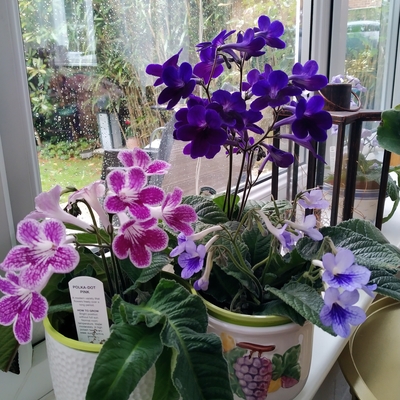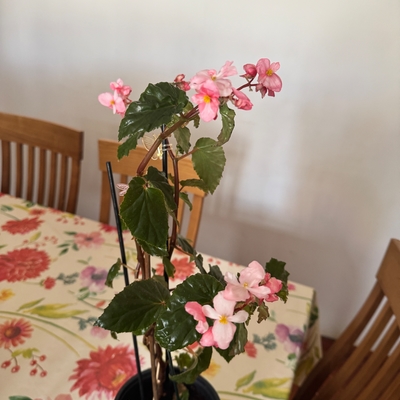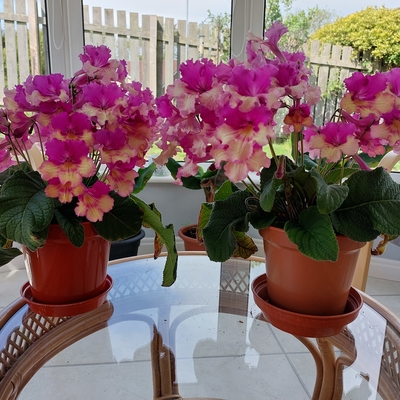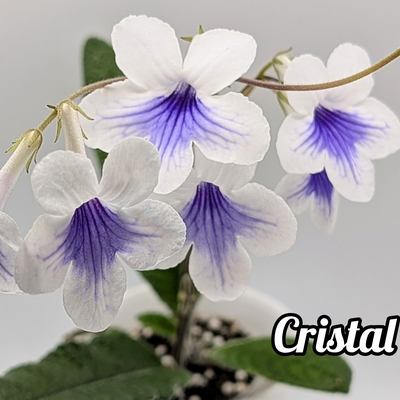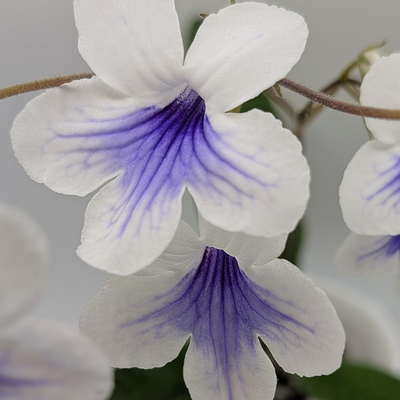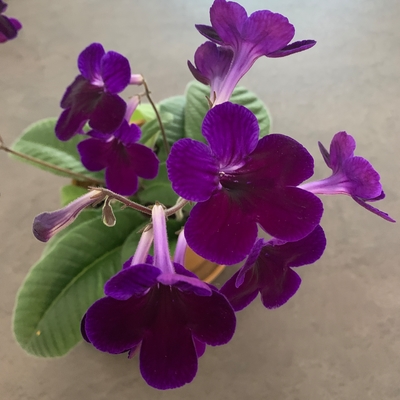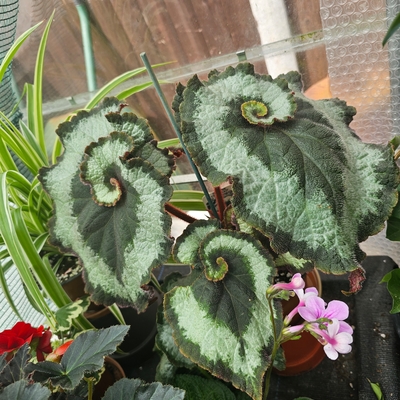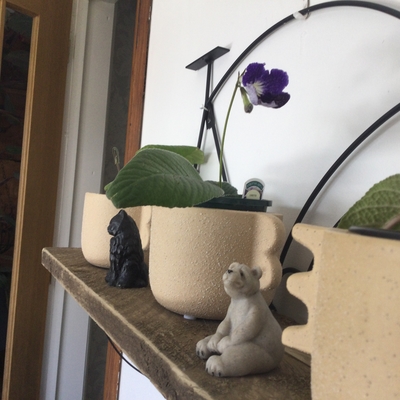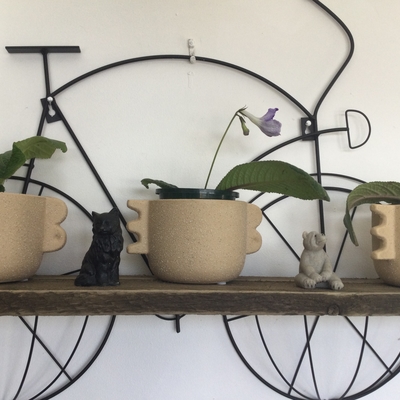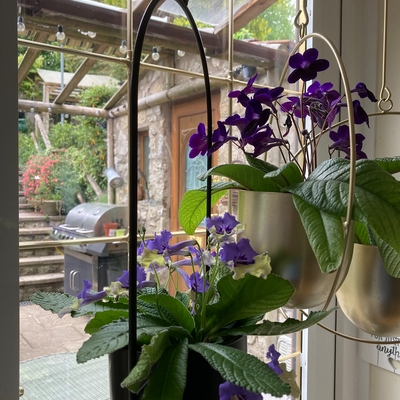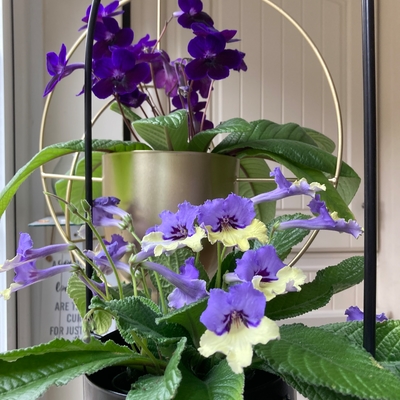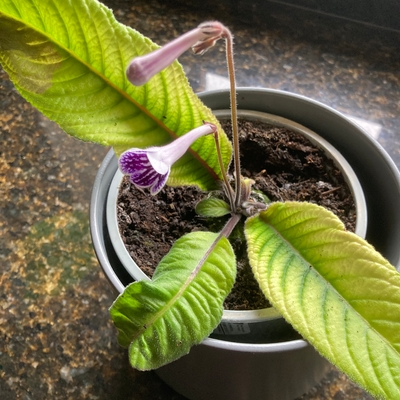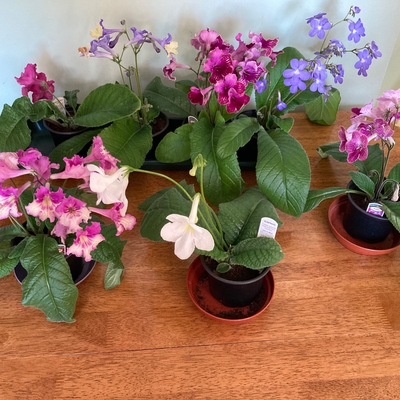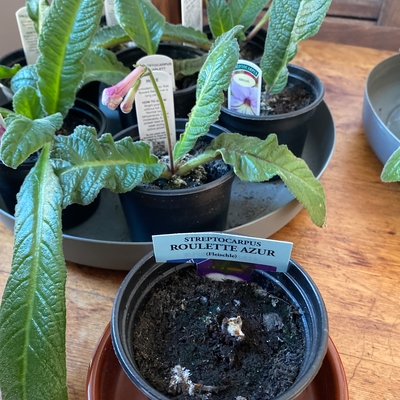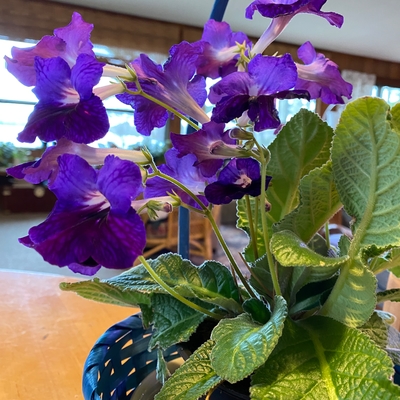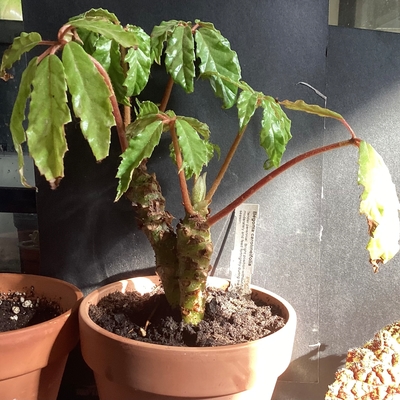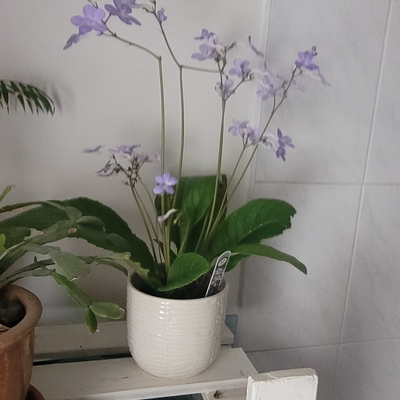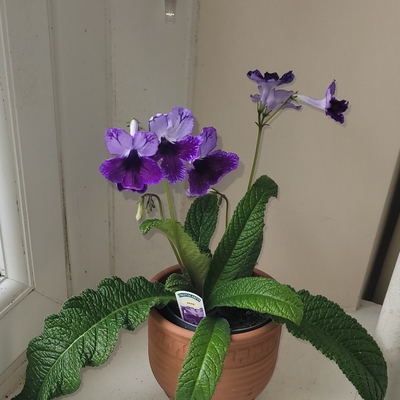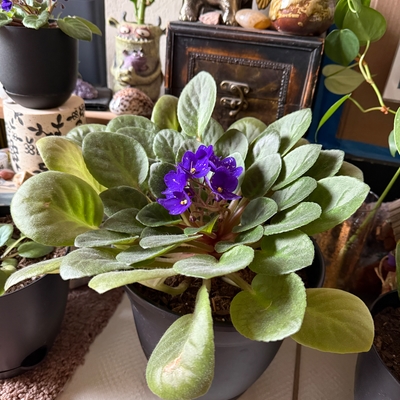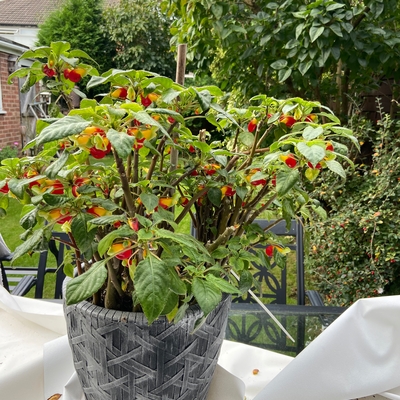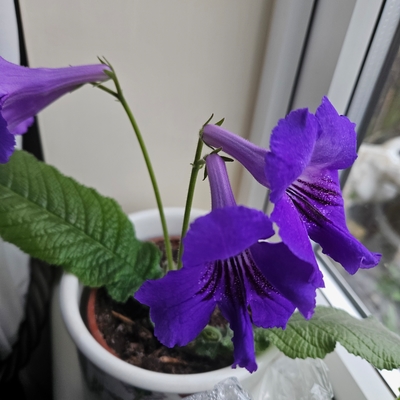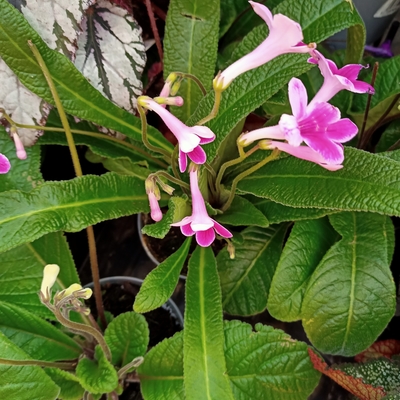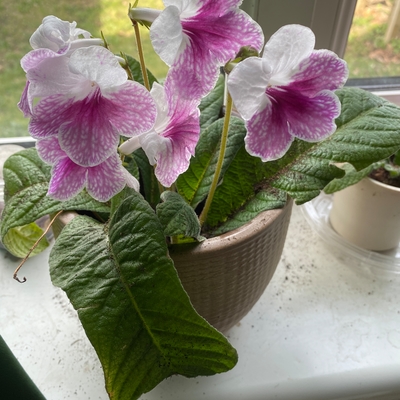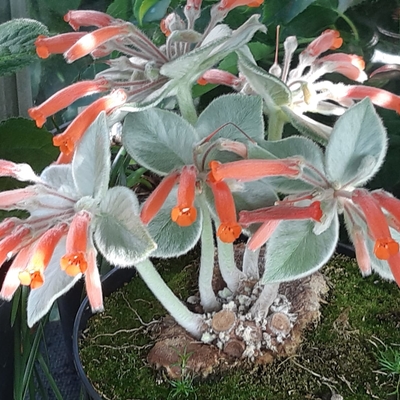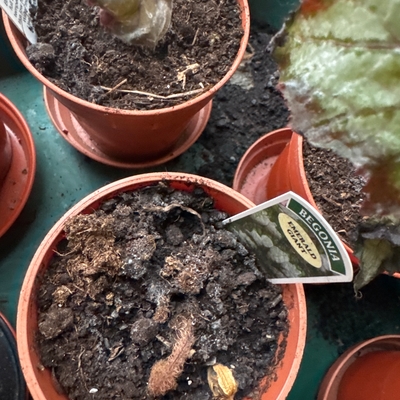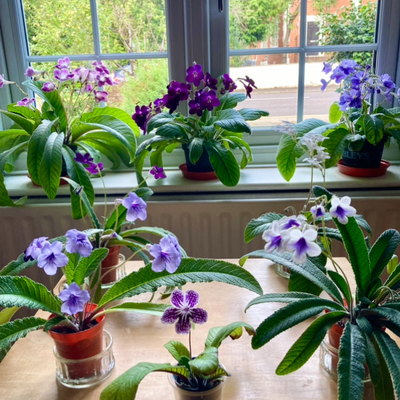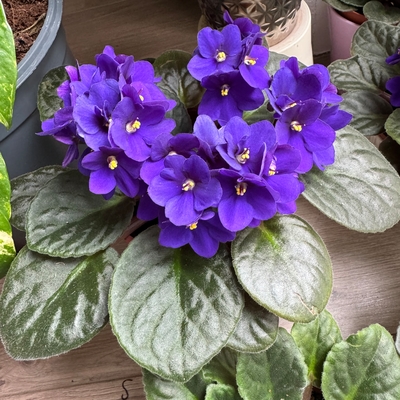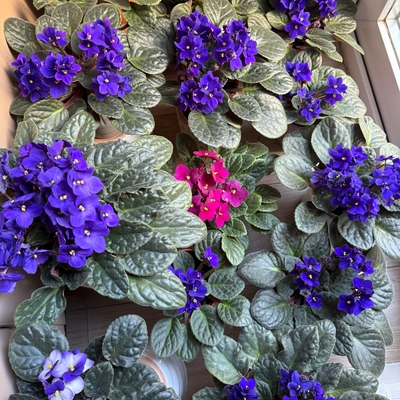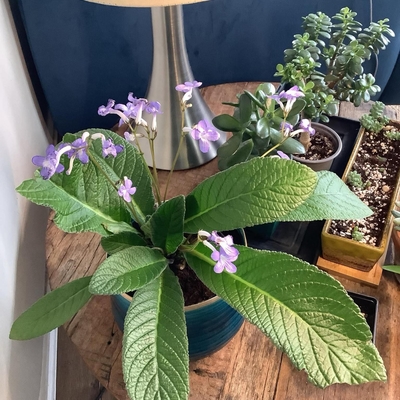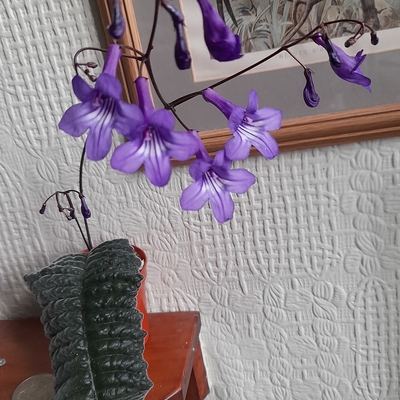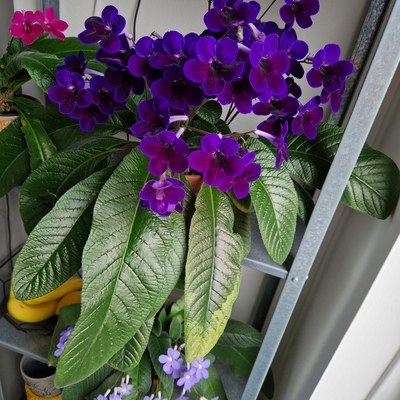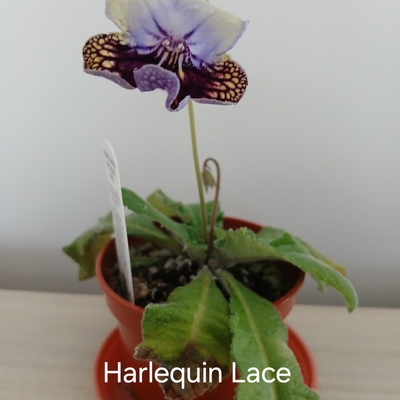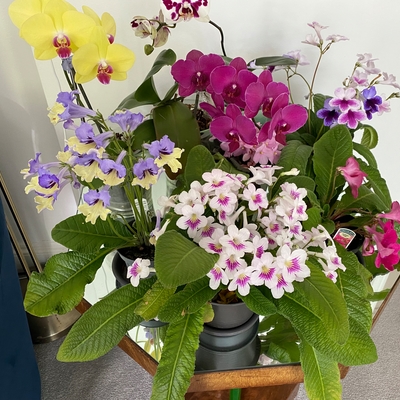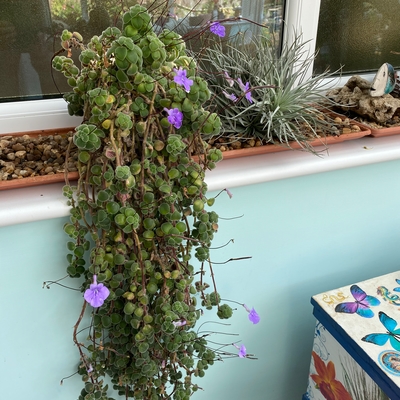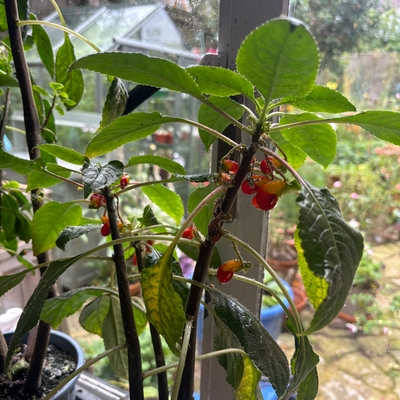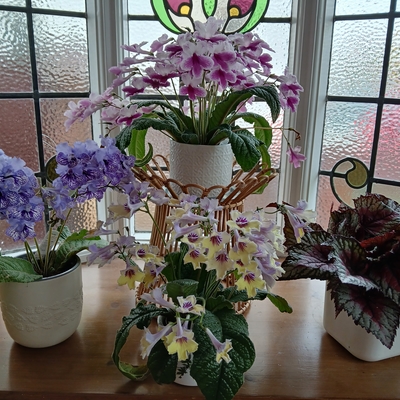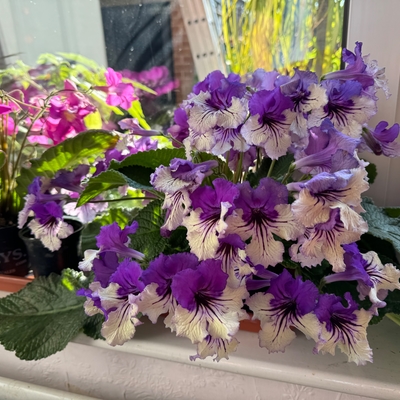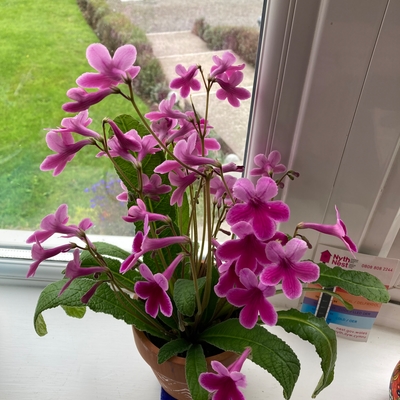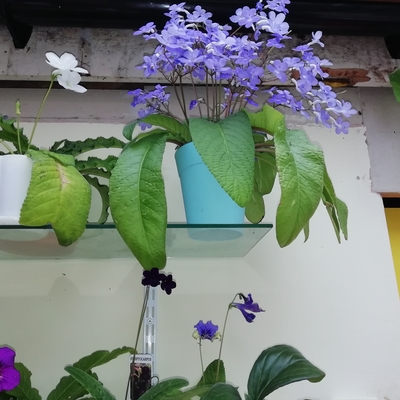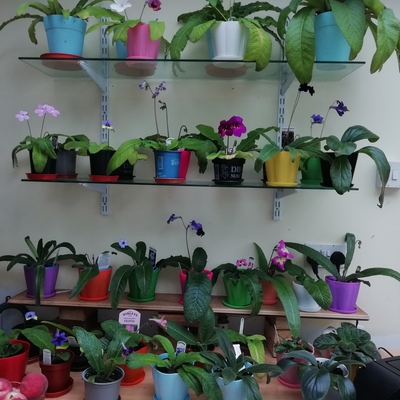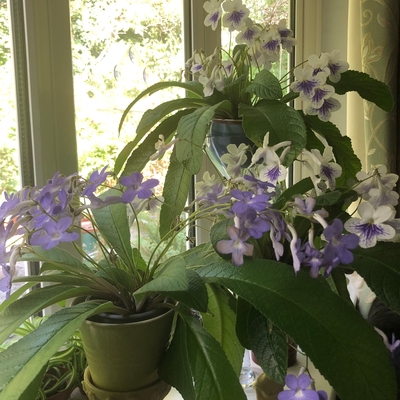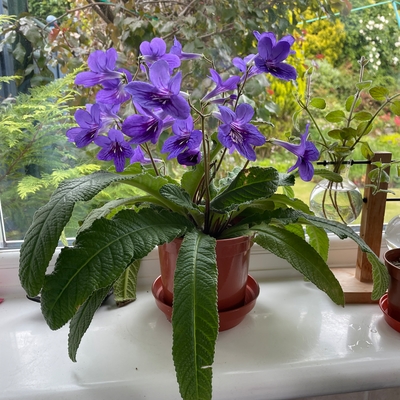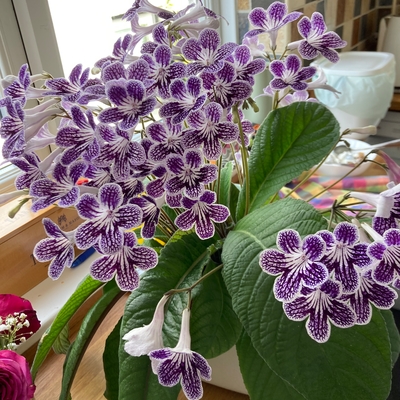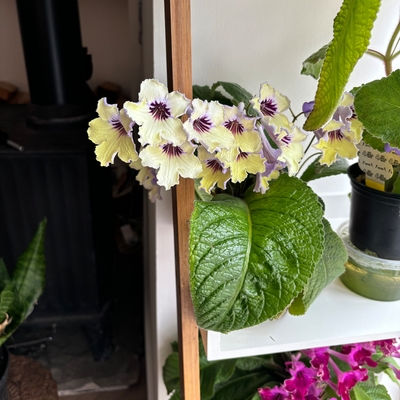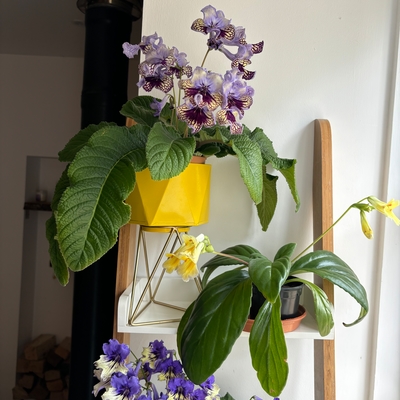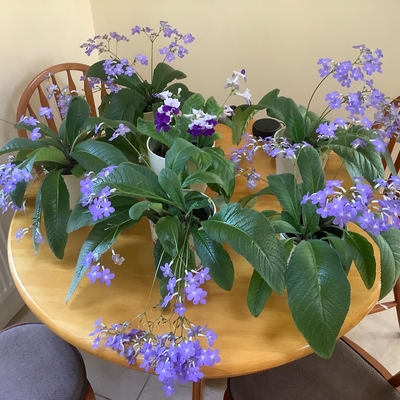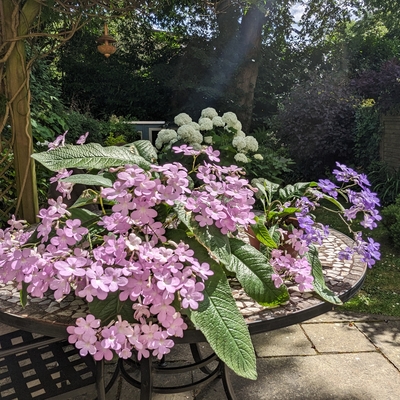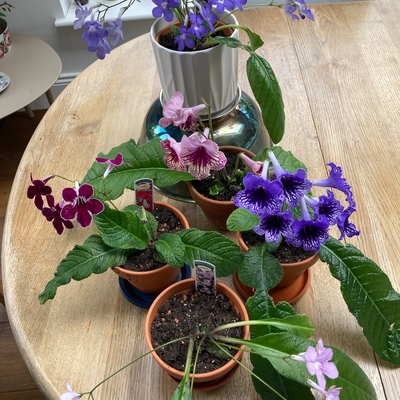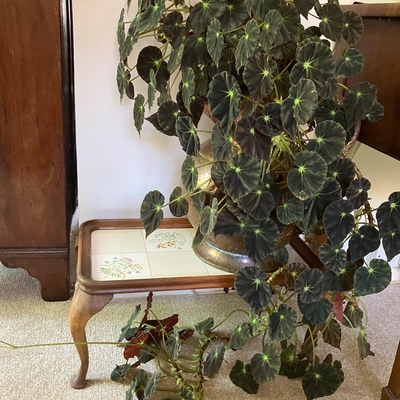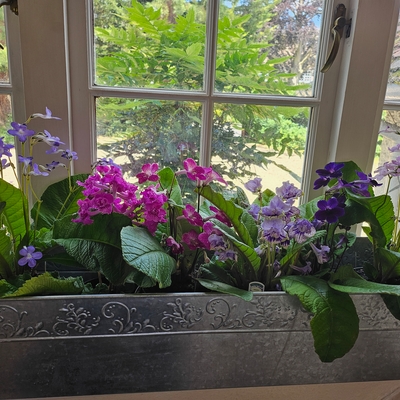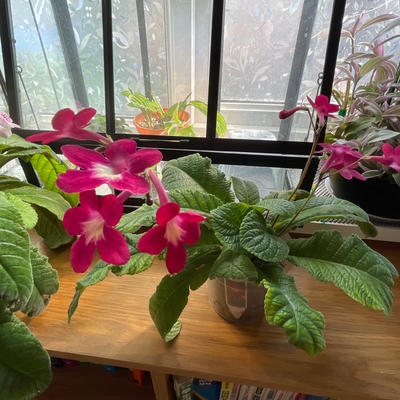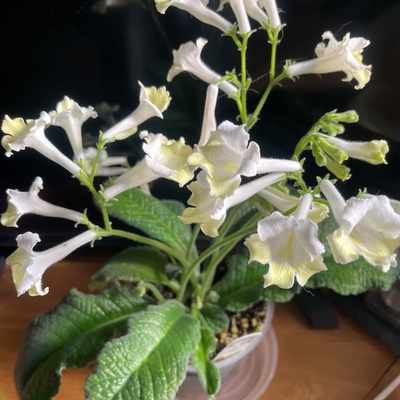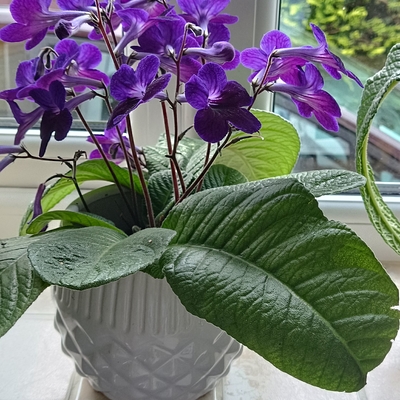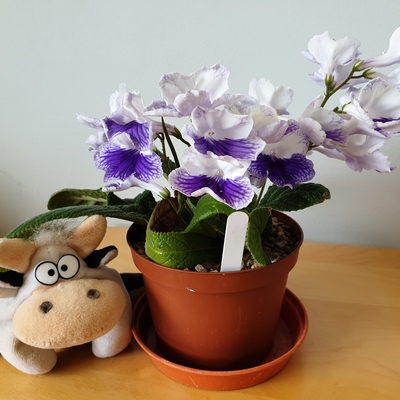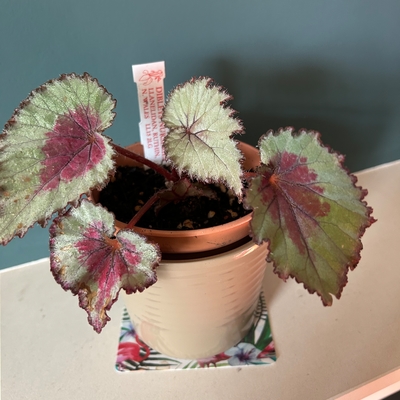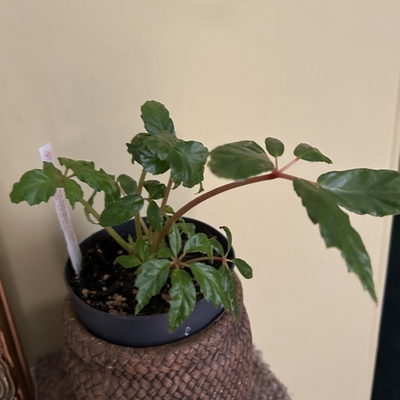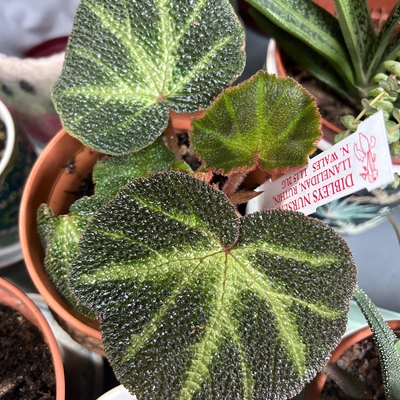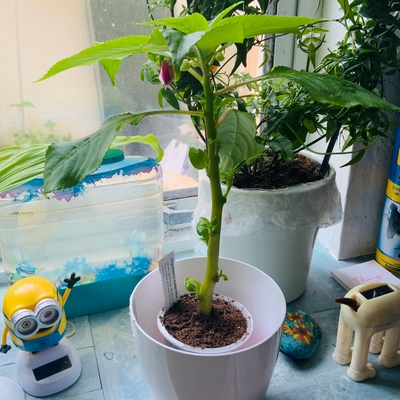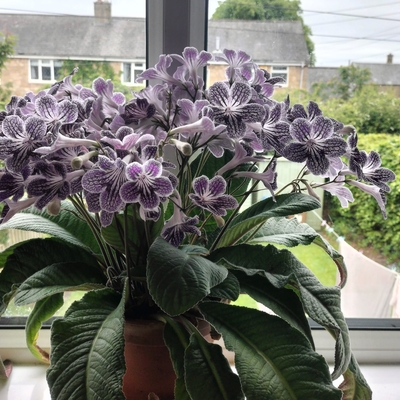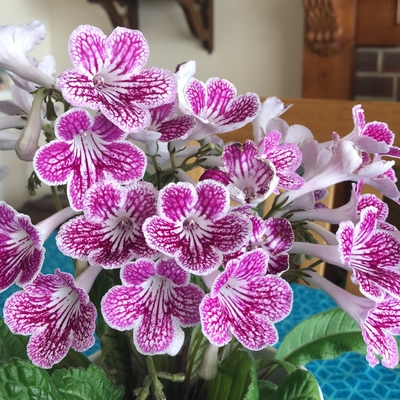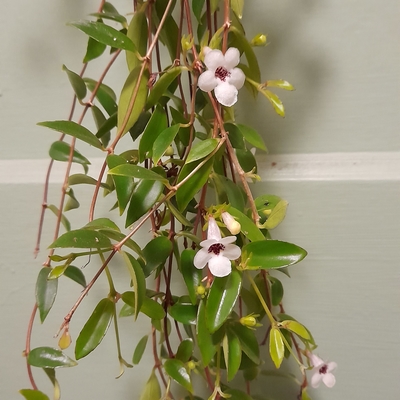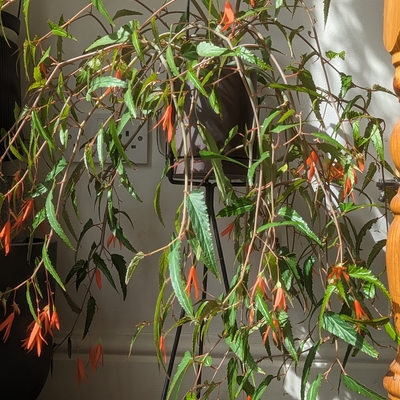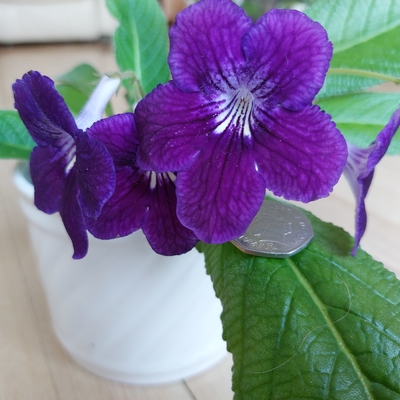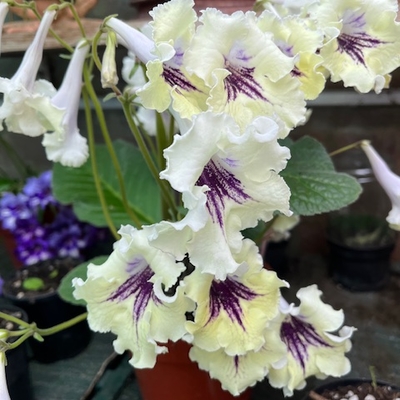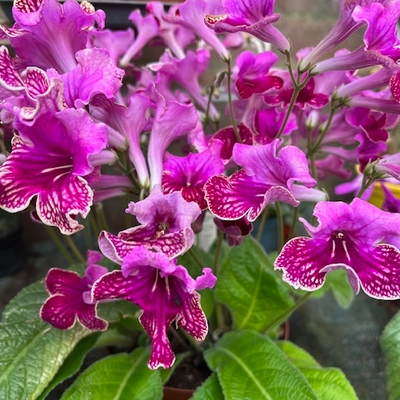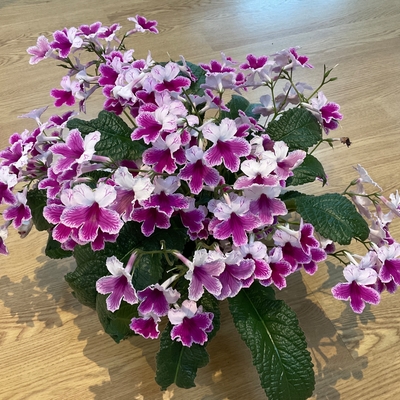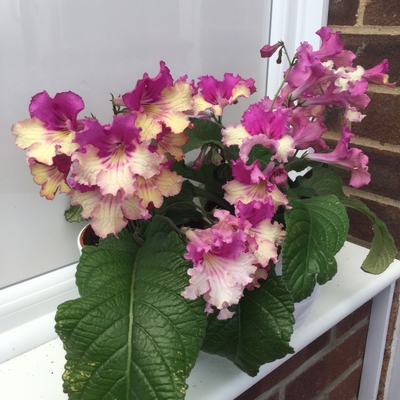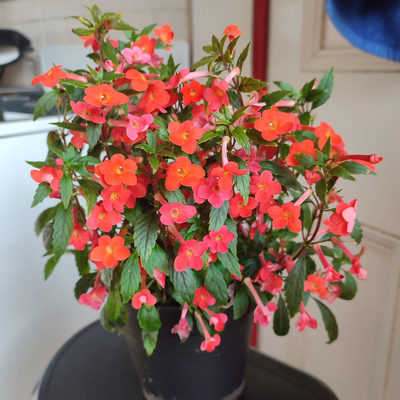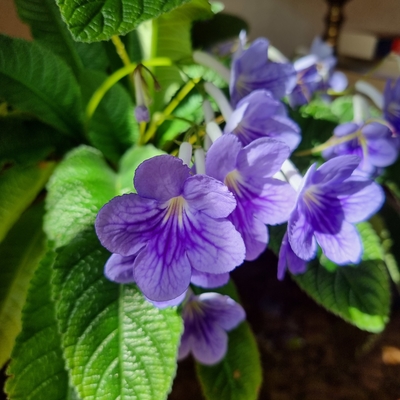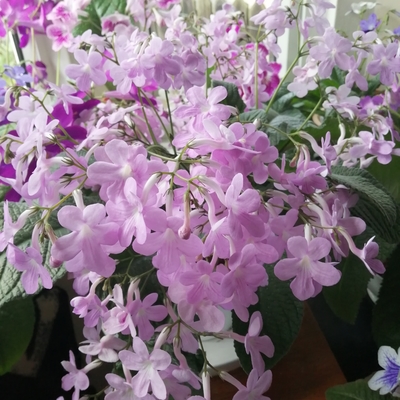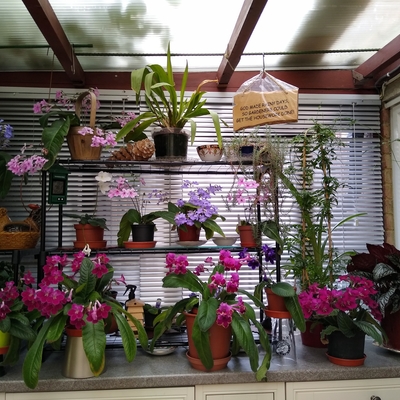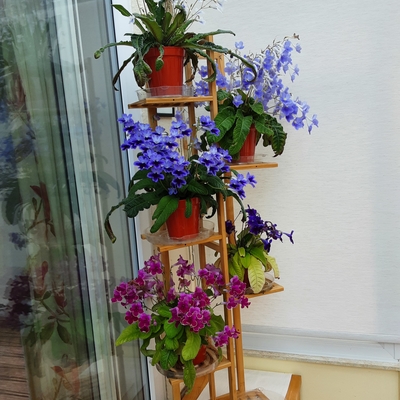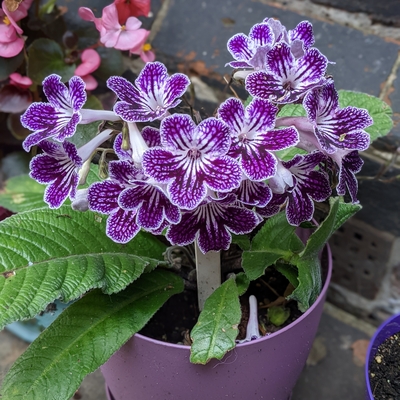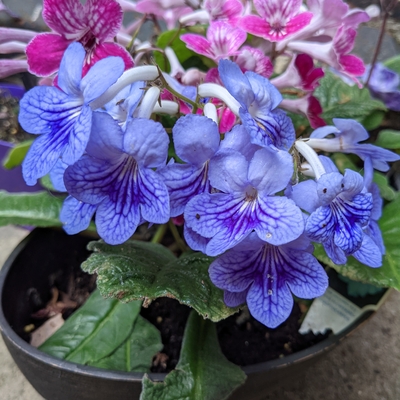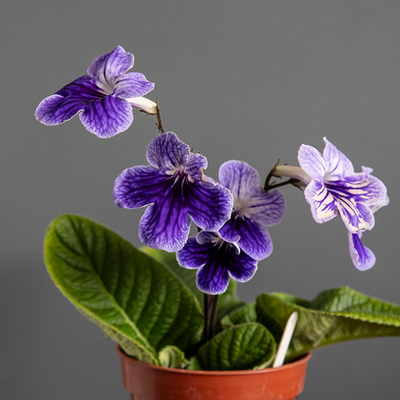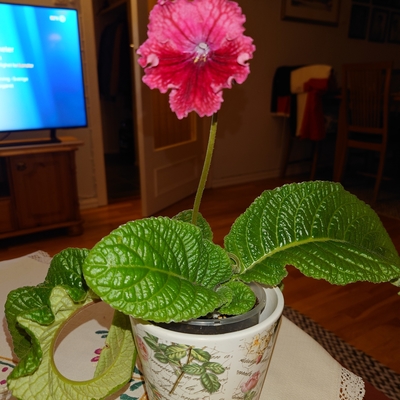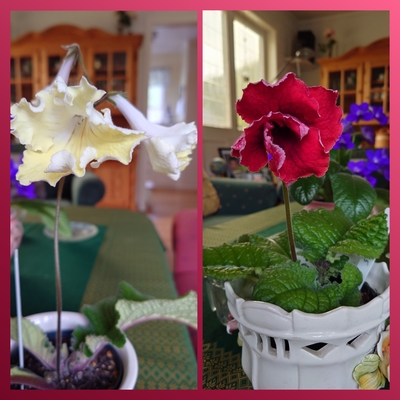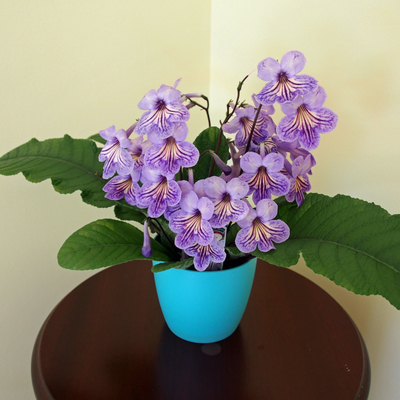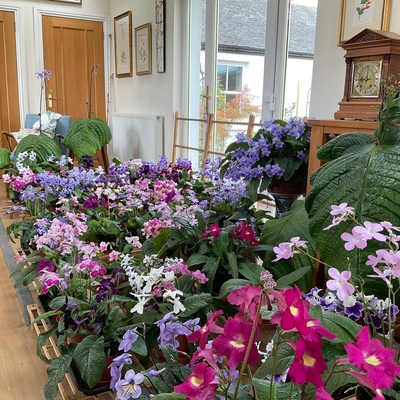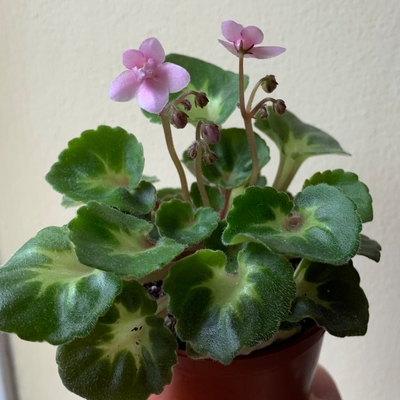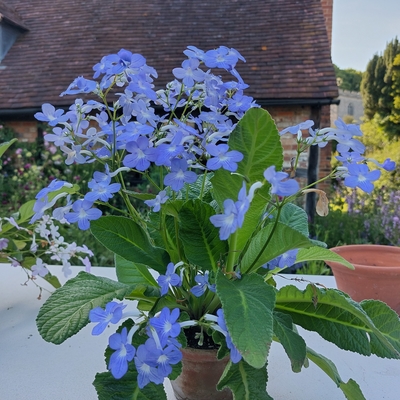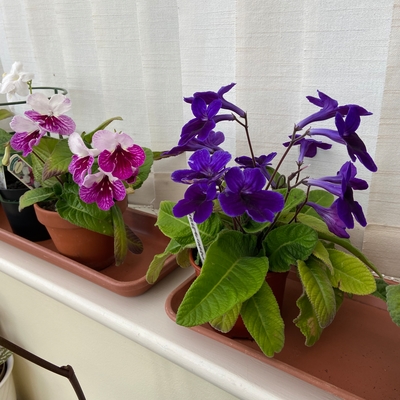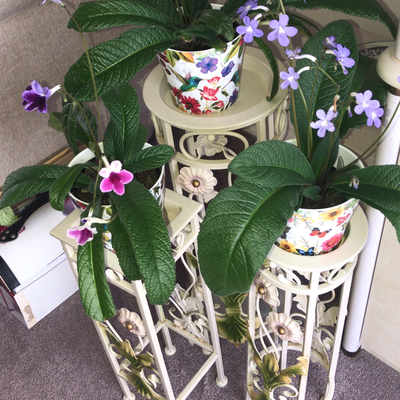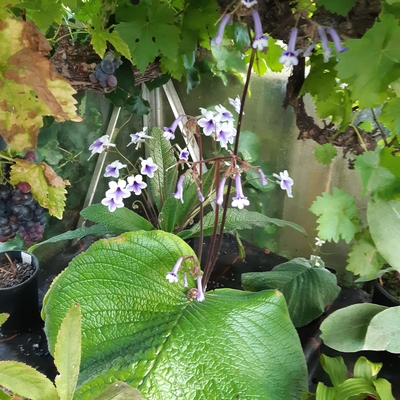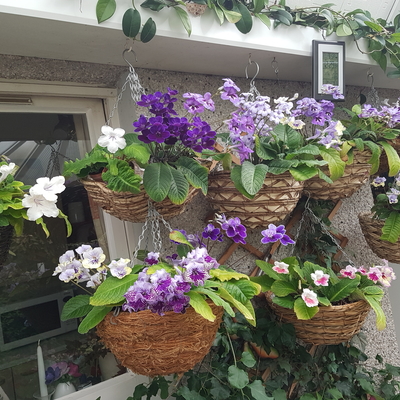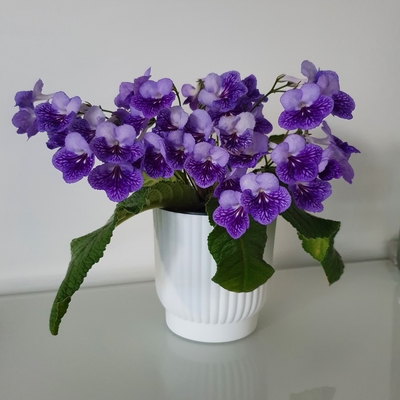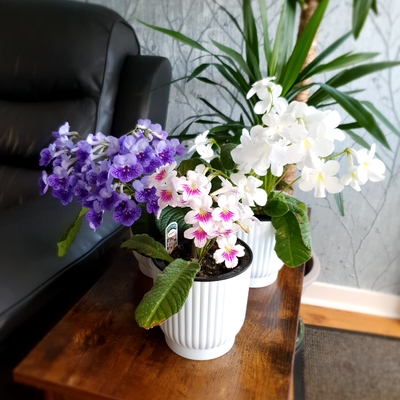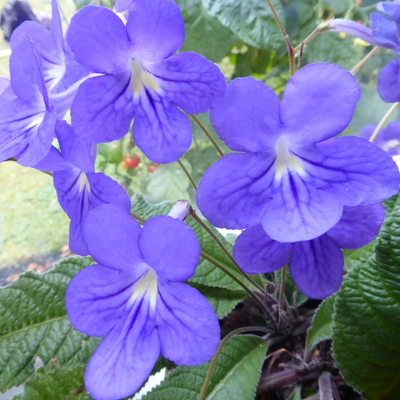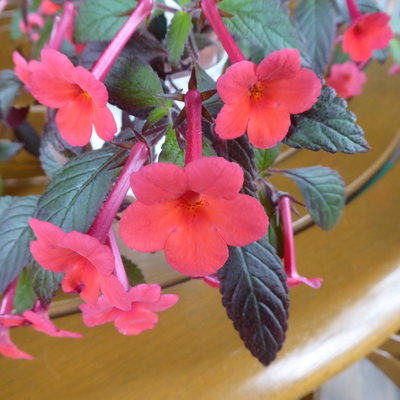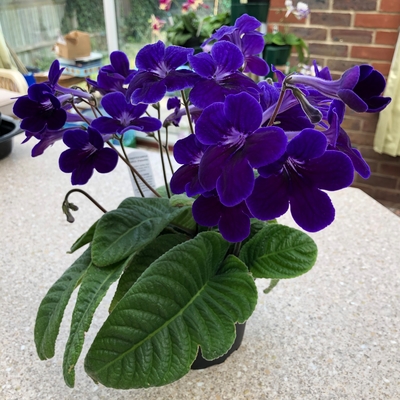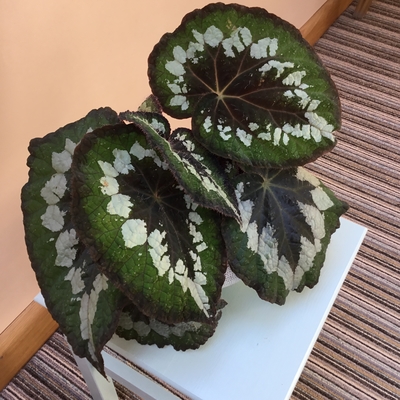Knowing their geographical distribution helps in understanding their care. Remember, they naturally come from the wooded areas on mountains, so they do not want full midday sunshine, but instead need a light position. Too much sun burns the leaves and fades the flowers.
Position
- During the summer grow them in a shaded greenhouse, indoors on an East or West windowsill or anywhere that is bright but without strong sunshine - early morning or evening sunlight is weaker and therefore ok. During the winter months keep your plants in as bright a position as possible to prolong growth and the flowering season.
Initial Care
- When you receive your plants, pot them into small pots (8-10cm diameter) using a fibre-based houseplant potting compost. Shading is especially important for the first few days. Initially only give the compost enough water to dampen it and then re-water once the surface becomes dry.
- It can take 10 -14 days for a young plant to become acclimatised to your conditions and before showing any sign of growth.
Watering
- Water from either above or below when the compost becomes dry on the surface and to a depth of 1cm.
- Water lightly from above onto the surface of the compost or sit the pot in shallow water (1-2cm deep) for a maximum of a couple of minutes.
- Streptocarpus prefer to be on the dry side and it is important not to overwater them. Over-watering, in particular regular over-watering, will cause harm to the root system. The first symptom of over-watering is the same as under-watering i.e., the leaves will wilt.
- Mature plants with a large leaf area will need a lot more water compared to freshly potted plants.
Feeding
- When the roots start to grow through the drainage holes under the pot start feeding with a high potash fertiliser. The most convenient way is to insert a Dibleys Streptocarpus fertiliser tablet each month.
- Feed from spring through the summer and into the autumn.
General Care
Please remember every plant is a separate individual and should be treated as such. Within 6 - 8 weeks of potting the plants will begin flowering.
Always cut off dead flowers. Excessive or incorrect feed and poor light make the plants produce very large leaves and few flowers. It is quite natural as plants age for the old leaves to die back, and the ends should be trimmed off, especially in winter.
In the autumn reduce the amount you water and when the plant stops flowering stop feeding. Keep plants at a minimum of 10C. In March/April gradually start watering more often and commence feeding. Plants should be potted into a slightly larger pot each spring; if possible, use ½ or ¾ depth pots.
Given this treatment you will be rewarded by a continuous display of flowers from about April until well into winter. All the 'Crystal Series' of Streptocarpus will flower all-year long.
Streptocarpus are easily grown plants which are remarkably free from pests and diseases. Greenfly occasionally attack plants and can be spotted from their white discarded skins on the flower stalks and leaf bases. A spray with a proprietary insecticide either as an aerosol or mixed with water will soon cure the problem.
On our Nursery we use a combination of biological control and a weekly spray SB Plant Invigorator. It must be noted however that biological methods alone may only control pests but not eradicate them. Biological control can be done on an amateur scale in a glasshouse or conservatory. Supplies are available in the UK from: Green Gardener, 41 Stumpshaw Road, Brundall, Norfolk, NR13 5PG.
Rot can occur at the base of the leaves causing the leaves to wilt. Remove the damaged leaf and check that the growing conditions are correct, taking special care to see that overwatering is not occurring.
Please do not send diseased material to us, we do not want to run the risk of introducing pests or diseases into our nursery.
We are the holders of the U.K. National Collection of Streptocarpus. We have been awarded many prizes for our plants including 33 Gold Medals from the Chelsea Flower Show.
Here's an interesting article from the John Innes Institute about the history of streptocarpus.
Dibleys' Factsheets:![]() Factsheet 1 - How to propagate your plants from leaf cuttings.
Factsheet 1 - How to propagate your plants from leaf cuttings.
![]() Factsheet 2 - Over-wintering streptocarpus plants.
Factsheet 2 - Over-wintering streptocarpus plants.
![]() Factsheet 3 - Propagating streptocarpus by seed.
Factsheet 3 - Propagating streptocarpus by seed.
![]() Factsheet 4 - Streptocarpus: diseases and pests.
Factsheet 4 - Streptocarpus: diseases and pests.
![]() Factsheet 5 - How to treat your plants during the winter.
Factsheet 5 - How to treat your plants during the winter.
Potting up a streptocarpus:


